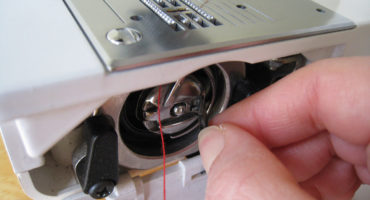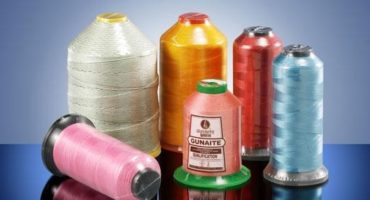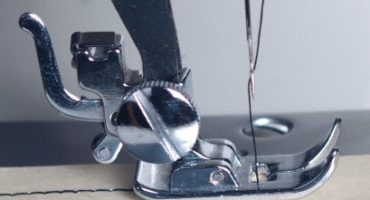With the help of an overlock, needlewomen can make very beautiful and perfect products. It has many functions and it is able to overcast not only the edges, but also prevents the dissolution of tissues in the area of sections. Possible simultaneous stitching of parts and decoration of the product. All these functions are due to the presence of many types of lines. This article will consider in detail a flat seam on an overlock, role and two-sided.
What is an overlock?
What is an overlock and what is it for? Overlock refers to the types of sewing machines on which sections of any textile materials are sewn. This process allows you to prevent the stitching of the material from blooming and give them an elegant look. Wrapping is accompanied by trimming of excess fabric, and in some overlocks there is a function for sewing product parts, in which a chain stitch is sewn. They can execute lines of different types:
- Classic.
- Decorative.
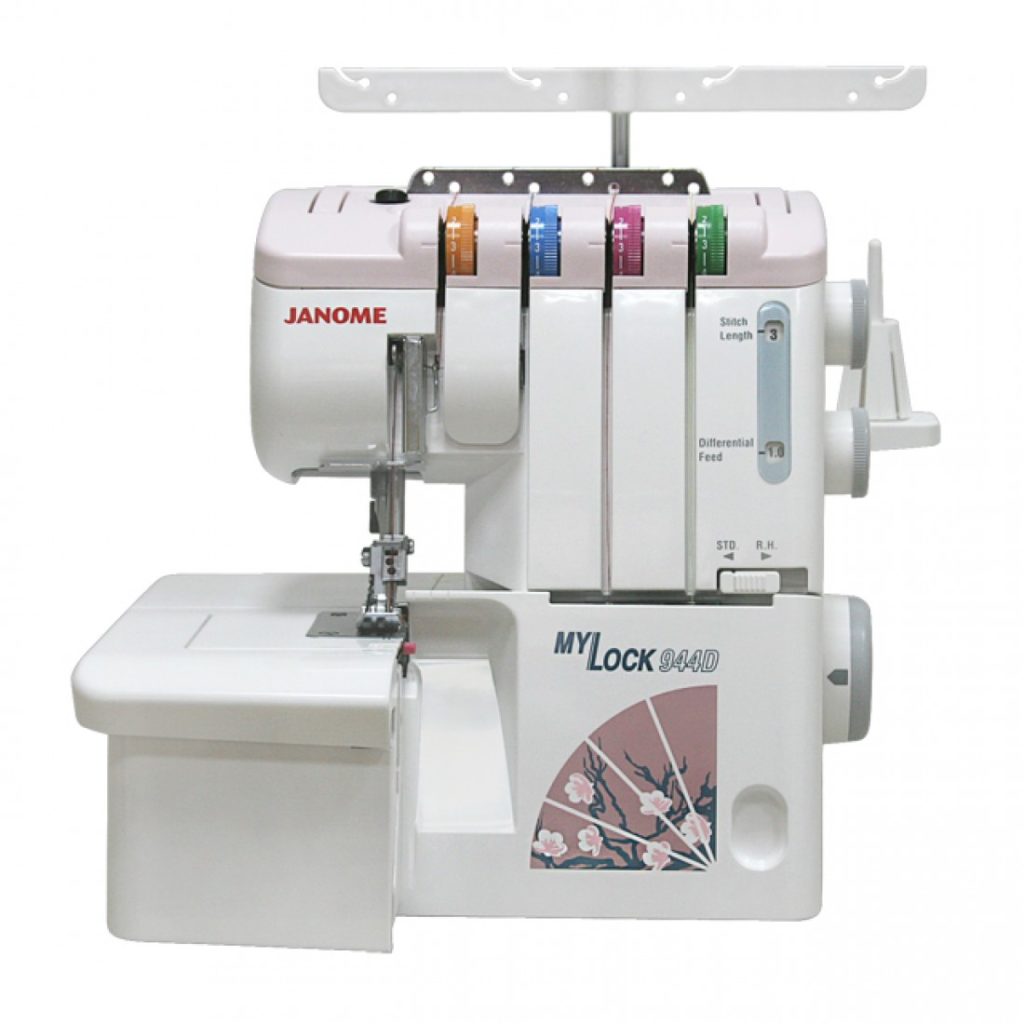
Image of an overlock.
Types of classic seams
You can also process the edge of the product using a conventional sewing machine, but the seams made by overlock are much more aesthetically pleasing and better. It provides for the implementation of 2, 3, 4, 5 thread stitches.
Of two threads
Two-strand designed for very thin fabrics where you need to use a minimum number of threads. Since most often in overlocks it is planned to use from 3 threads for one line, you need to make sure that this model has a converter. It looks like a special clamp overlapping the upper looper. To make a 2-thread seam, one needle and one lower looper are enough. The needle sews stitches from above, with the lower looper parallel to the bottom, and the top 2 stitches are joined using a thread spiral. It can be used for fabrics with any structure.
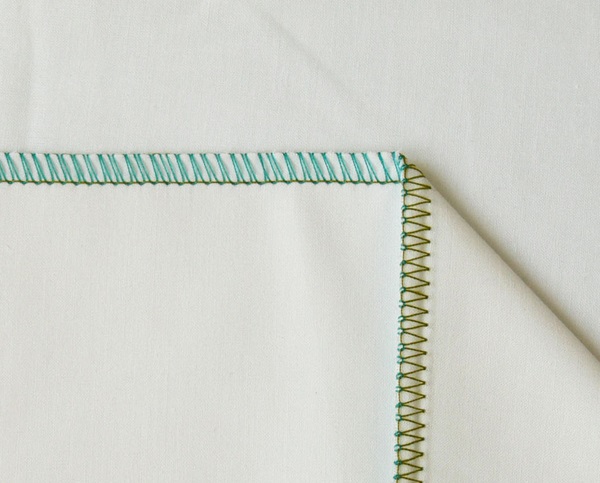
Image of a 2 filament seam.
Of three threads
Three-thread line is the most common and is performed both on the modern overlock and on the old one. These are the most economical machines, because if 3 threads are enough for the future product, you can significantly reduce the cost of sewing. A line is made using simple technology.
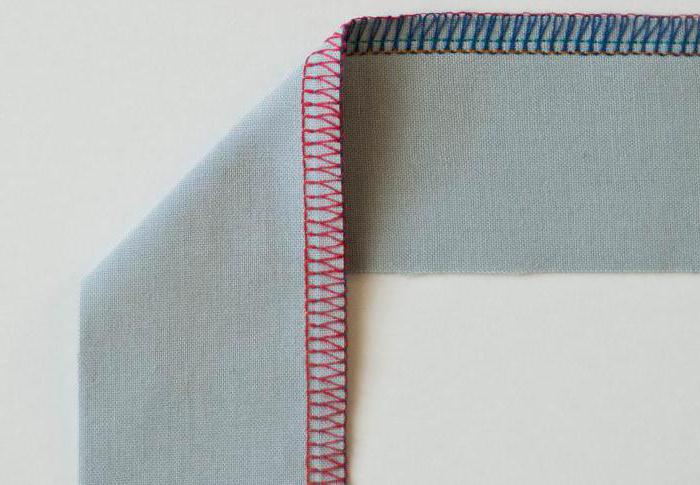
Image of a 3 filament seam.
Of four threads
The use of four-thread stitching makes it possible not only to overcast the edges, but also to stitch fabric sections. It is most suitable for sewing knitwear. To sew a knit stitch, two needles and two loopers are used. She can process elastic fabrics.
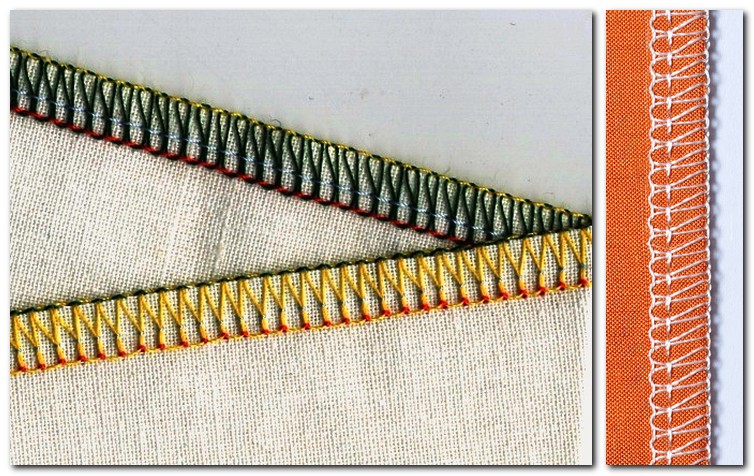
Image of 4 filament seam.
Of five threads
Five-thread lines on modern overlocks are performed with three needles. It can be carried out even on the carpet, which has a special lower looper for the manufacture of chain seams. It is best used for capricious fabrics, especially where lightning or a large brooch is provided.
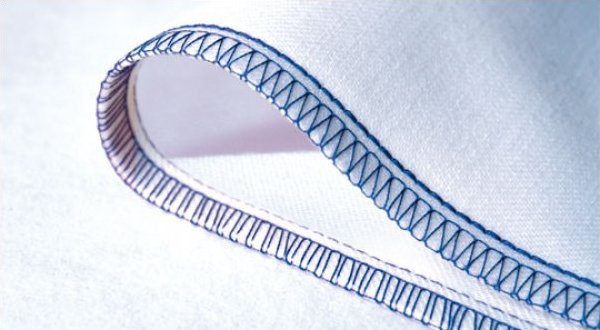
Image of 5 thread seam.
Types of decorative stitches
Modern models of overlocks offer great opportunities for the manufacture of unique products due to several types of seams. These include:
- Role-playing.
- Flat.
- Bilateral.
Role
Overlock role seam - what is it? In some sources, it may be called roller or optics. To obtain it, manipulations are carried out in which the tensioner in the overlock machine is regulated. The finished edge appears to be curled inward.This makes it possible to create a wave-like frill. And inserting fishing line into the edge of the skirt will make it resilient. If, with the help of this maneuver, the petticoat is swept over, then a more magnificent hem can be obtained. A role seam not only processes the edge of the fabric, but also frills the suit. This binder is often used when sewing dance costumes. This seam harmoniously fits into the decorated parts of tulle and knitwear.
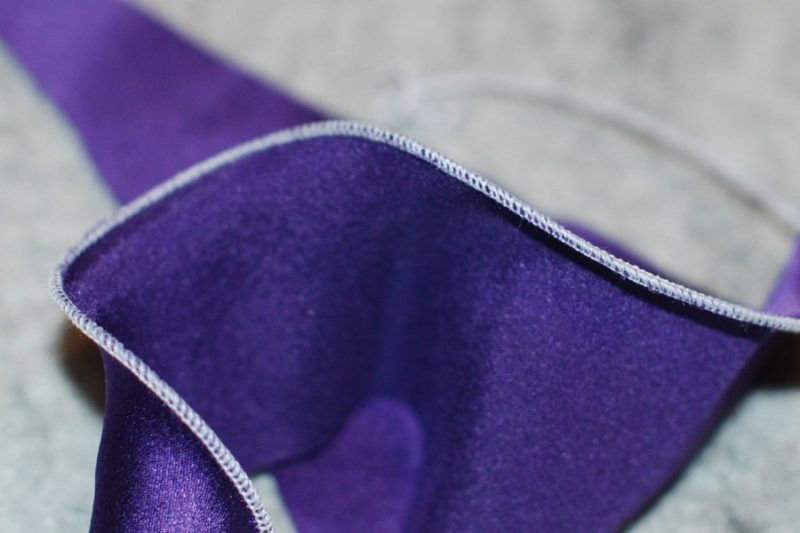
Image of a role seam.
A roller seam is made by reducing the stitch length to a minimum and changing the stitch width. All overlocks have a special tongue located near the needle plate. During sewing, it is positioned so that on one side it is surrounded by an upper loop, and on the other - fabric. Due to this, the edges of the fabric are not twisted and the stitching is performed in the same width. To get the roller stitch, this tongue is simply removed. Then we get a line with a minimum width (about 2 mm), and the edges of the fabric will be twisted inward.
Flat
Real flat stitching is performed not with an overlock, but with a sewing machine. This is a completely different kind of sewing stitch, which is formed differently from basting. Some types of overlock machines have a flatlock function. It makes it possible to get only a line visually similar with a flat seam. You can make a real razsevochny seam on the carpet. However, the price of such cars is much higher than the rest, so not everyone can purchase them. In this case, you can use the imitation of a flat stitch on an overlock machine.
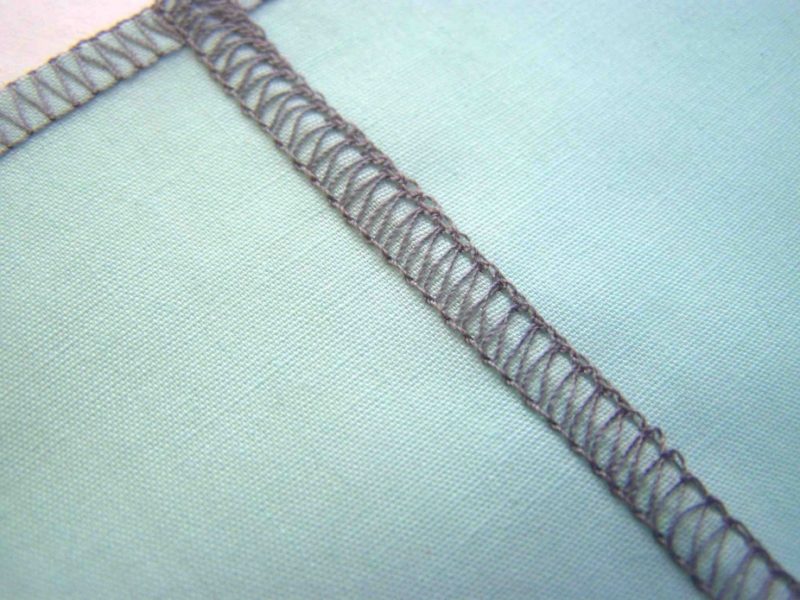
Image of a flat seam.
Performing a flat type is a decorative function, useful in the process of bending the bottom and sleeves of a product. It is also suitable for processing a slice on delicate materials, sewing knitted parts and cutting excess. To complete the stitching, you need to have a special foot designed for this job. Some models come immediately with it, while others require a separate purchase of it. A flatlock seam on an overlock can be done with two or three threads. Each machine has different capabilities. Stitch options may also vary. If the connection is made with the right needle, then a narrow stitch will be obtained, and if the left is wide.
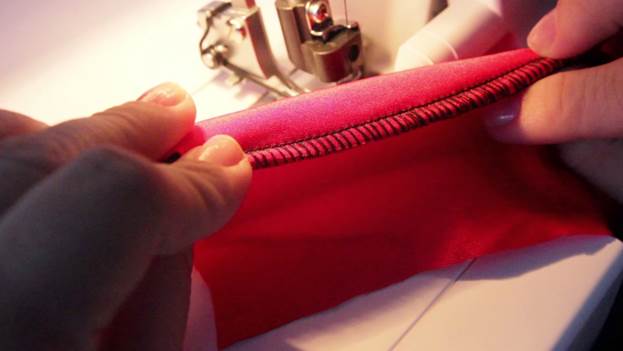
Image of flatlock.
Bilateral
Bilateral seams (also called flat stitches with top cover) can be done only with the help of modernized equipment, which allows you to immediately use a large number of threads. Filled yarns are intertwined in an amount of 5 to 10 pieces and thanks to the beautiful lines obtained, products with beautiful prints are created. Double-sided stitches are not intended for edge marking; they are used to create jewelry for clothes.
Since the overlock has many possibilities and processes overcasting stitches, in addition to the sewing machine, it is recommended to purchase an additional overcasting device.
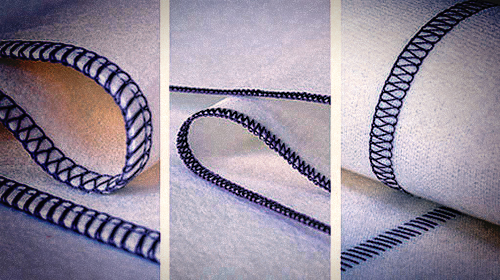
Image of double-sided seam.
Tips for choosing seams
The overlock machine has all the possibilities for carrying out work that allows maximum maneuvering when creating overcast lines. When choosing a machine and stitch, remember the following:
- If an overlock is bought only to cover the edges, then you can limit yourself to a machine that allows you to work with two or three threads. And if you plan to manufacture products with decorative stitches, then it is better to purchasefour-thread overlock.
- The presence of the differential feed option makes it possible to process elastic fabrics and produce assembly elements or shuttlecocks.
- Due to the fact that the cutoff width is adjustable, one seam can be made in different versions.
Due to the variety of lines produced by overlock machines, you can implement any sewing idea and achieve a good result in the design decision. The main thing in this business is to have a high-quality overlock that meets all the needs of a seamstress.
You can also find out which sewing machines are considered the best.
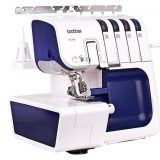 Overlock rating for home by quality 2018-2019
Overlock rating for home by quality 2018-2019 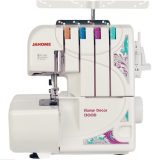 Overview of Janome overlocks: characteristics and features of models
Overview of Janome overlocks: characteristics and features of models 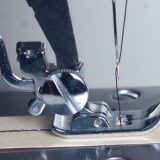 DIY sewing machine adjustment and adjustment
DIY sewing machine adjustment and adjustment 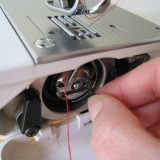 How to insert a thread, a double needle, a bobbin into a sewing machine?
How to insert a thread, a double needle, a bobbin into a sewing machine? 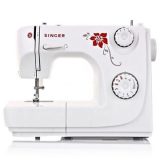 Rating of the best sewing machines 2018-2019 in quality and price
Rating of the best sewing machines 2018-2019 in quality and price 